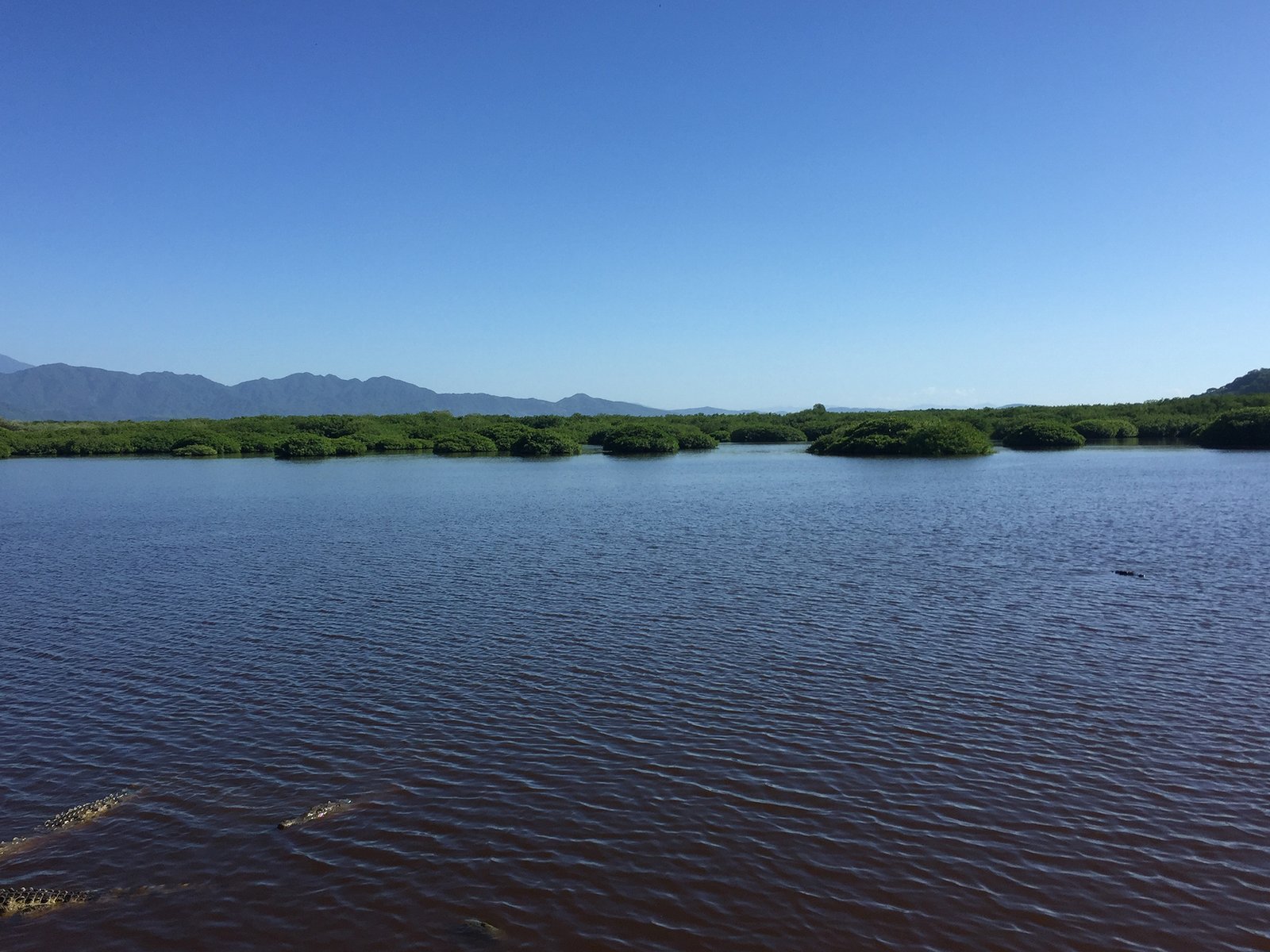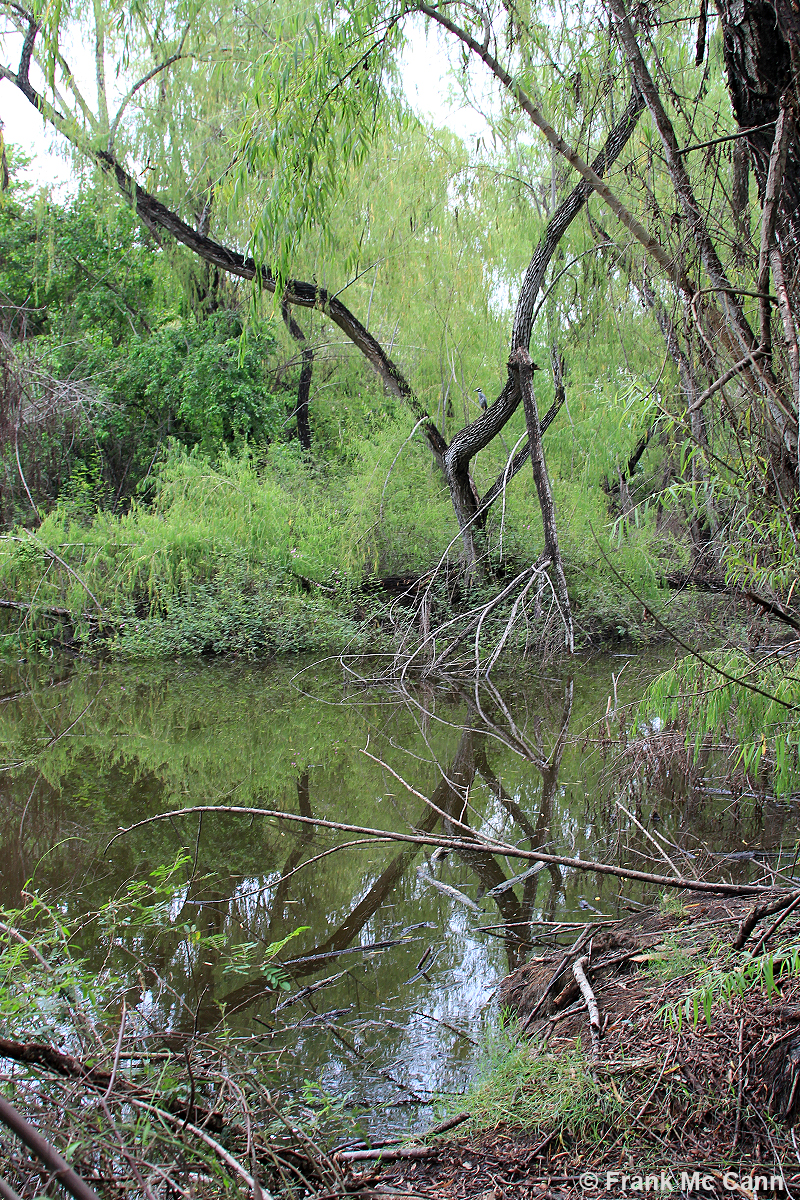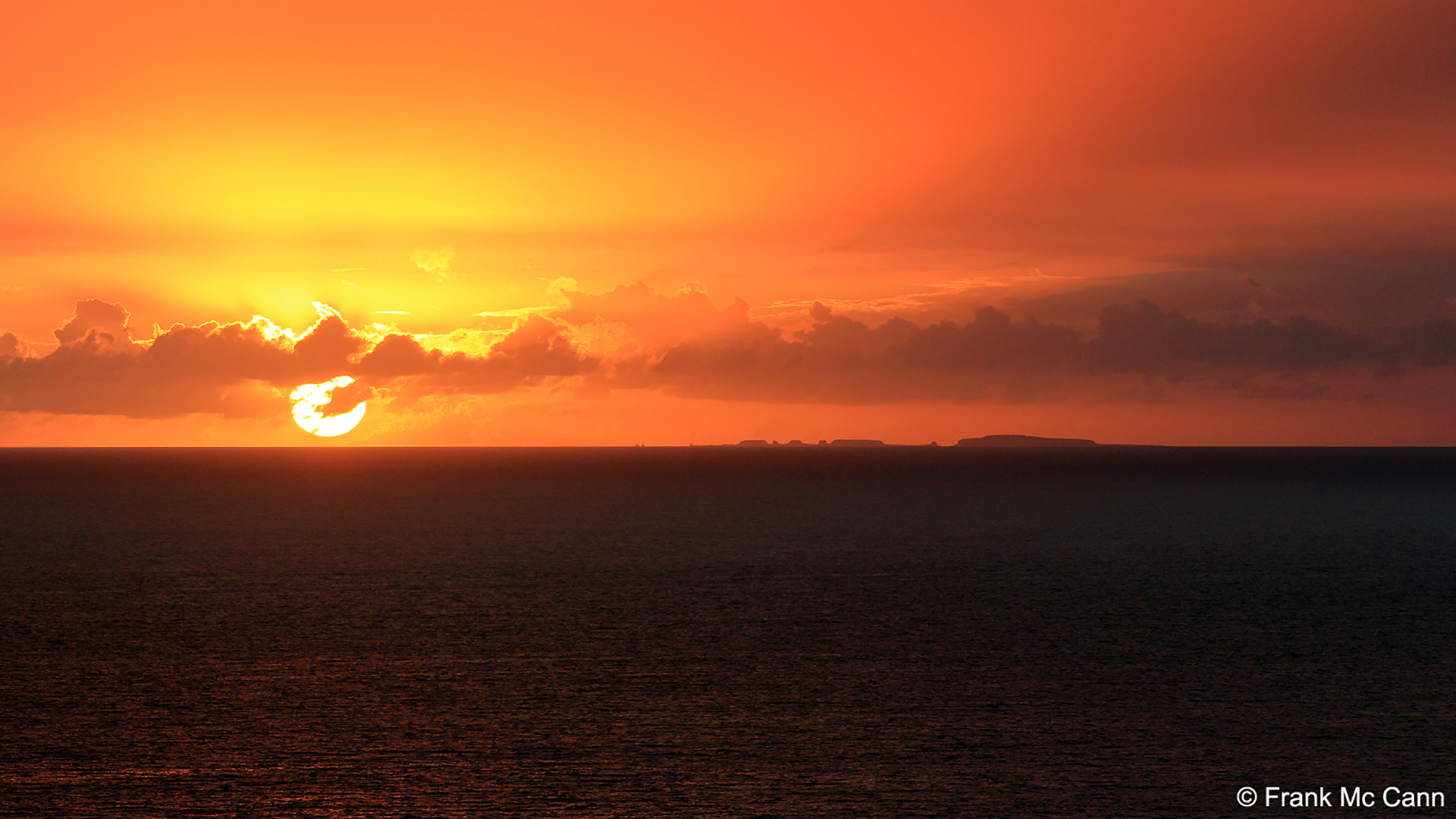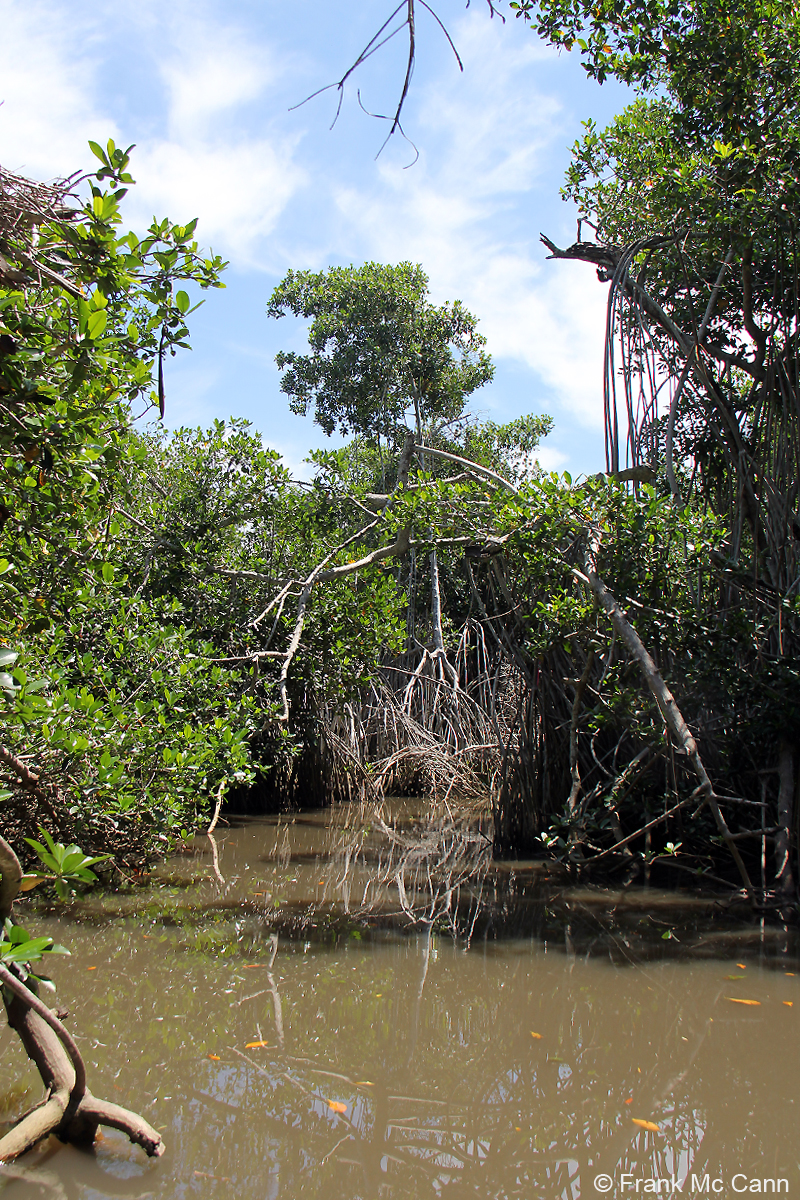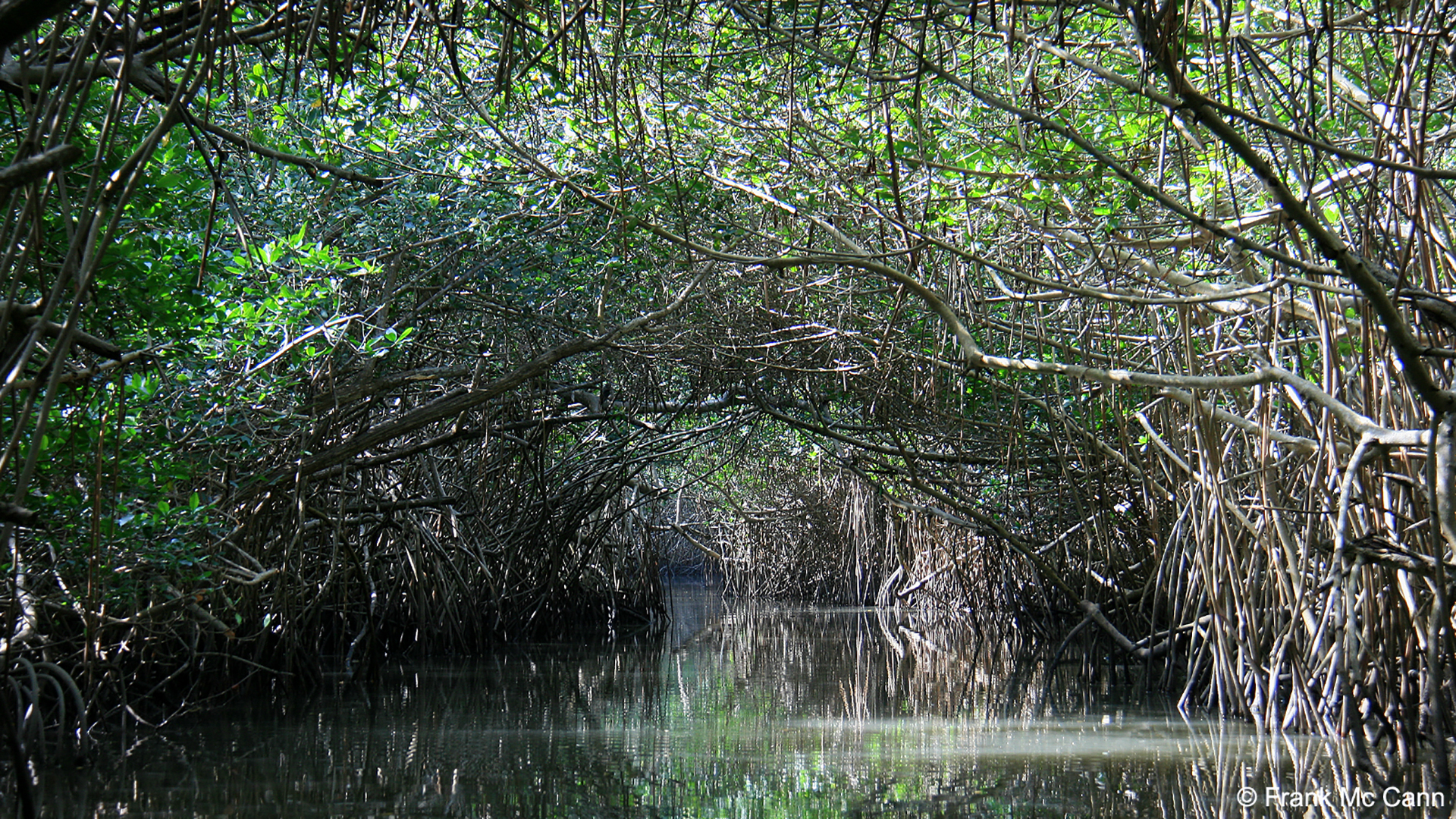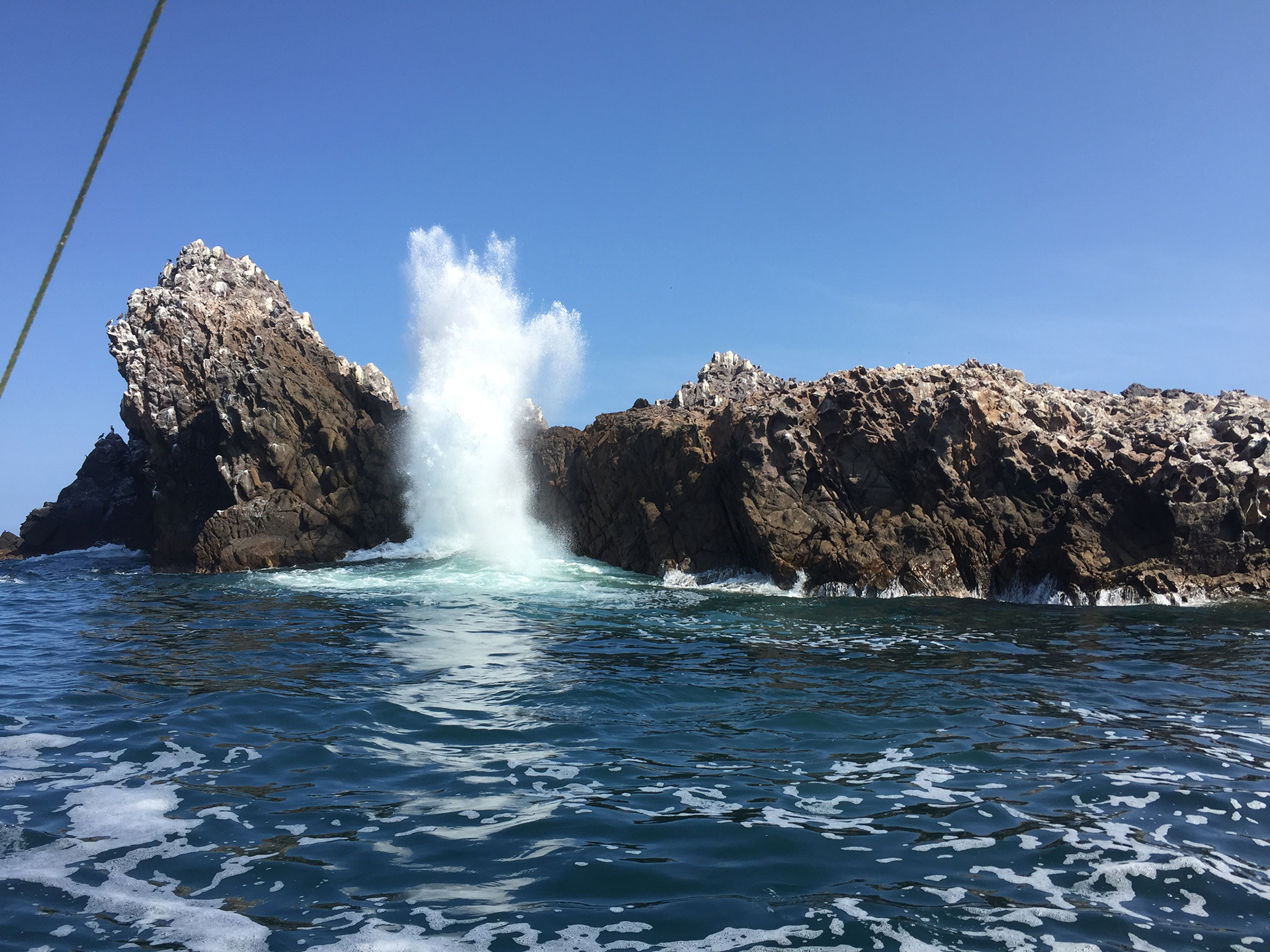Wetlands are diverse ecosystems of great importance because they contain the indispensable element for life on the planet: WATER.
By definition, wetlands are tracts of land subject to temporary or permanent flooding. They can be of natural or artificial regime, with stagnant or current waters, fresh and brackish or salty; extensions of seawater whose depth at low tide does not exceed six meters are included.
It is worth mentioning that wetlands have a biotic component that refers to living beings and an abiotic factor that corresponds to the physical and chemical elements that interact dynamically with life forms.
With this definition, we can name several ecosystems that are considered wetlands.
Coastal marine wetlands such as shallow marine waters, tidal zones, coral reefs, beaches, coastal lagoons, estuaries and swamps.
As inland wetlands we can name: rivers and streams, inland deltas, lakes, seasonal ponds, springs, oases, geothermal wetlands and underground water systems in karst or caves.
And as artificial wetlands several types are distinguished: aquaculture ponds, irrigation zones, seasonally flooded agricultural lands, salt exploitation areas, water storage areas such as reservoirs, dikes, hydroelectric dams, artificial ponds, wastewater treatment plants and transportation channels, drainage and ditches.
So, the conservation of wetlands is essential for the permanence of life, since they provide endless environmental services on which human beings depend.
However, the deterioration of wetlands is persistent due to the irresponsible management of natural resources.
51 years ago, in the Iranian city of Ramsar, on the shores of the Caspian Sea, governments and non-governmental associations from various countries met that were concerned about the loss of wetlands. Several nations signed the first global treaty on the environment and the RAMSAR Convention was formed; the countries that make it up, cover all the geographical regions of the planet.
The Ramsar Convention promotes the conservation and rational use of wetlands, and each acceding country must designate at least one wetland in the international importance list or Ramsar List. All wetlands listed are considered priorities and should be protected.
Mexico is an active member of the Ramsar Convention. On June 1, 2020, the country has declared a total of 142 Ramsar sites that protect a total of 8,657,057 hectares, including several areas that are also considered to be National Parks, Protected Natural Areas and Biosphere Reserves.
In the Banderas Bay region, the Marietas Islands are a Ramsar site, as well as being a natural area protected by the federation with the status of “Marietas Islands National Park”. Therefore, the visit to the Marietas Islands is regulated and we must follow the guidelines and specifications stipulated in the management plan.
Another protected wetland, although RAMSAR is not on the list, is the Estero El Salado, a natural area protected by the state of Jalisco as an Ecological Conservation Zone.
We have many more wetlands in the region and, although they are not protected, they are very important because they provide us with environmental services and, above all, water for our consumption.
I invite you to reflect on how we use water since it comes from some wetland that supports an ecosystem, not from the key that we open and let run.
Créditos Redacción © Isabel Cárdenas
